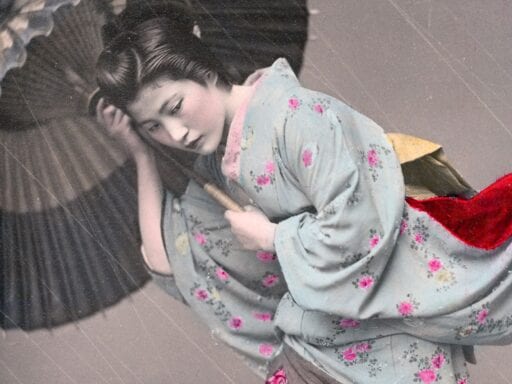The best hand-colored photos of the 19th century came from Japan.
For more than 200 years, Japan isolated itself from the outside world by forbidding most foreigners from entering the country. But in 1854, a US naval expedition of warships forced Japan to open its port cities, resulting in a flood of curious travelers from Europe and North America, who established businesses there. Photography became a leading industry in newly opened Japan, to satisfy a market of curious outsiders who wanted to know what the country and its people really looked like.
Foreign photographers like Felice Beato and Baron Raimund von Stillfried established photo studios, and they employed fine artists from the Japanese ukiyo-e woodblock print industry to carefully apply watercolors to their prints. Eventually, those same apprentices dominated the market with their own photo studios.
By the 20th century, mainly due to the advent of amateur photography, the souvenir photo industry in Japan declined. But for the last half of the 19th century, photos made and carefully hand-colored in Japanese photo studios were important documents for how the world came to know Japanese culture.
Watch the video above to learn more about 19th-century Japanese photo studios. You can find this video and all of Vox’s videos on YouTube. And if you’re interested in supporting our video journalism, you can become a member of the Vox Video Lab on YouTube.
Author: Coleman Lowndes
Read More



